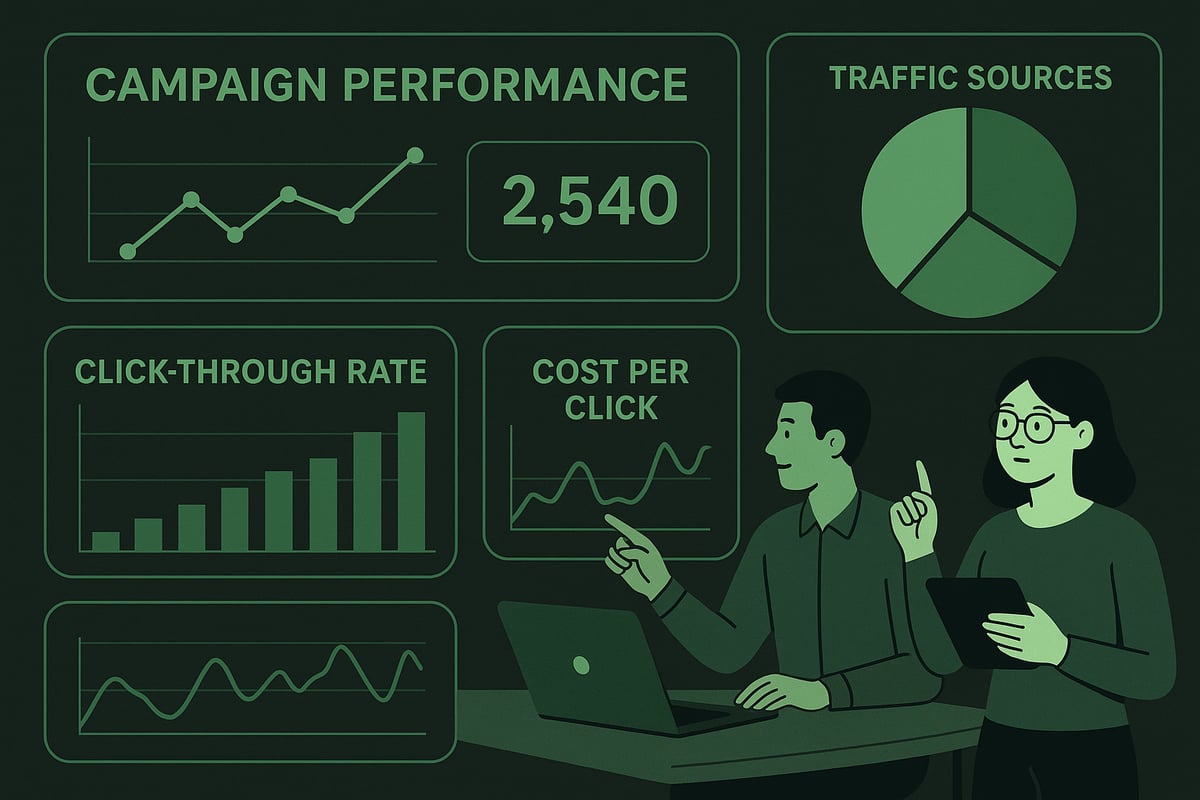
Framework for using predictive analytics to elevate every stage of your marketing campaigns.
Setting up data foundations: data quality, integration, and relevant KPIs
Predictive analytics has become indispensable for modern marketers seeking an edge in campaign performance. However, the journey begins with establishing high-integrity data: scrubbing CRM and campaign metrics for accuracy, ensuring integration across platforms, and choosing KPIs that signal not just performance but customer intent. Secure buy-in from data owners, invest in robust ETL tools, and document your marketing data dictionary. This ensures the analytics foundation is trustworthy, repeatable, and provides a single source of truth across demand gen, ABM, and traditional programs.
Using predictive analytics models to optimize targeting and content timing
Once foundational data is established, predictive analytics can transform how marketers select targets, personalize offers, and time outreach. Models trained on historical behavior (such as purchase journeys and content engagement) surface ahead-of-curve prospects, optimal channels, and the best time to engage. Deploy machine learning algorithms—either via built-in MarTech features or specialist platforms—to cluster audiences, score leads, and predict campaign responsiveness. Brief lessons learned from your models to sales and creative teams to guide messaging, creative direction, and direct sales prioritization.
Translating analytic insights into agile campaign testing and continuous improvement
Analytics only drive value when they’re activated in real-world campaigns. Construct testing plans that iterate on predictive insights with A/B and multivariate experimentation. Monitor performance in real time via dashboards, and refine your segmentation, content, and cadence on the fly. Activate closed-loop reporting between marketing and sales to feed outcomes back into your predictive models, increasing effectiveness over time. Foster a culture of data curiosity—empower team members to propose test variables and hypothesis-driven improvements, while celebrating both incremental wins and fast failures as essential to ongoing optimization.